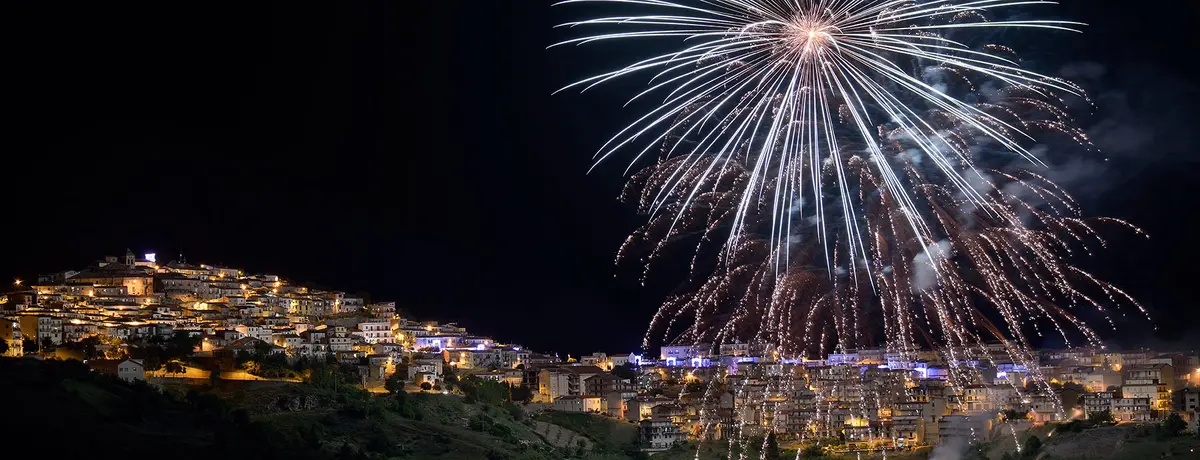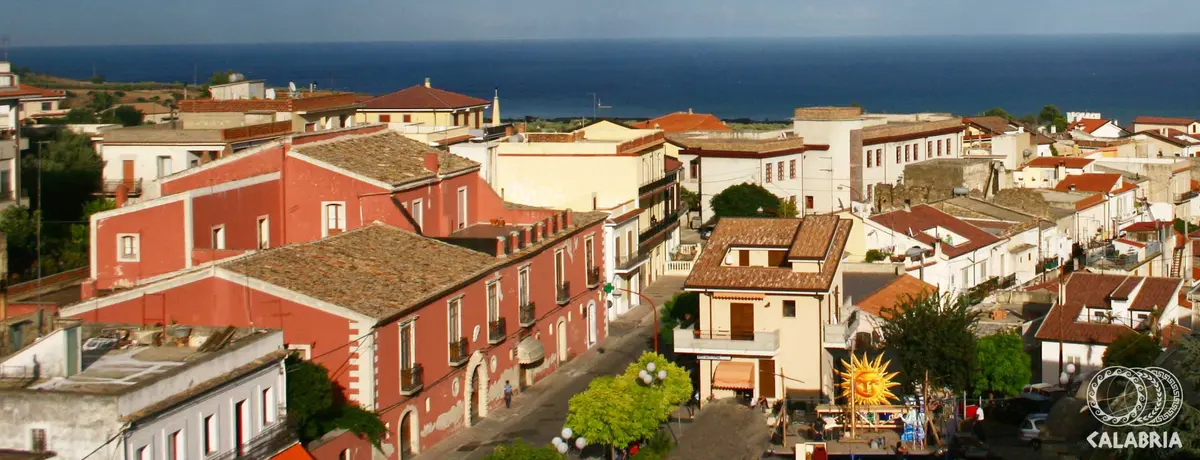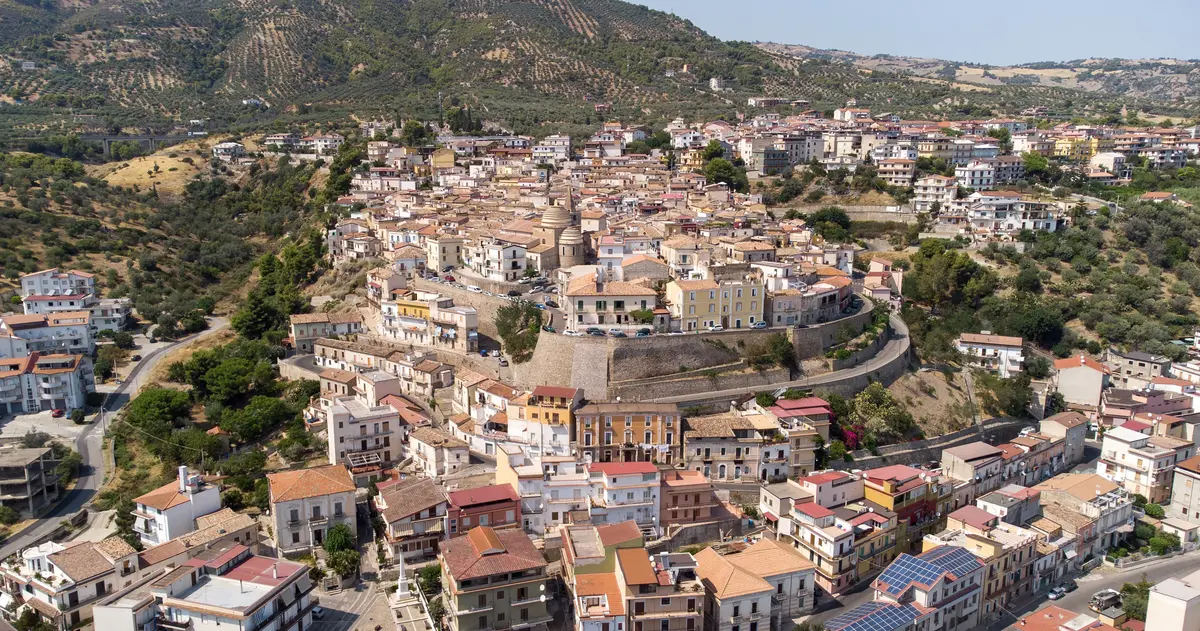Roseto Capo Spulico
Roseto Capo Spulico, a stunning castle by the sea

Blue flags
Castello Federiciano di Roseto Capo Spulico - Regione Calabria
Roseto Capo Spulico, in the province of Cosenza, is famous for its Castle, one of the Frederician castles in the region, on the shores of the Capo Spulico sea. The latter, crystal clear and Blue Flag, is among the most popular seaside resorts on the Costa degli Achei.
Also known as the ‘’Village of Roses and Cherries‘’, the village of Roseto Capo Spulico boasts these two ancient and precious cultivations on its territory: the first is of Magna Graecia origin, linked to the ancient Sybaris; the second, more recent, features the typical Roseto Capo Spulico cherry, a local variety awarded the title of ‘’Most Beautiful Cherry in Italy".
If the cultivation of roses recalls the legend according to which the petals were used to fill the pillows of princesses, the cultivation of cherries in Roseto Capo Spulico has proved to be no less precious: the De.Co. (Municipal Designation of Origin) Cherry of Roseto is in fact one of the excellent Calabrian food products. The Cherry Festival takes place with a historical procession in the village of Roseto Capo Spulico and includes the tasting and, of course, the sale of local cherries.
Among the things to see, next to the Castle of Roseto Capo Spulico (Castrum Petrae Roseti, the ‘’Castle of the Roseto Stone‘’), in an evocative position overlooking the sea, is the so-called Castle Mushroom, or Incudine Rock, a naturalistic symbol of Capo Spulico sea. The village of Roseto Capo Spulico is rich in art and monuments, starting from the Mother Church of San Nicola di Myra, passing by the Baronial Palace and the charming little Church of the Immaculate Conception (or Santo Totaro). A gem of the old town is the ‘’Vinèlla degli Innamorati‘’, one of the narrowest alleys in Europe, perfect for stealing a kiss. The San Vitale Fountain, on the other hand, is the oldest monument in Roseto Capo Spulico. Also not to be missed is a visit to the Ethnographic Museum of Rural Civilisation.
No result







